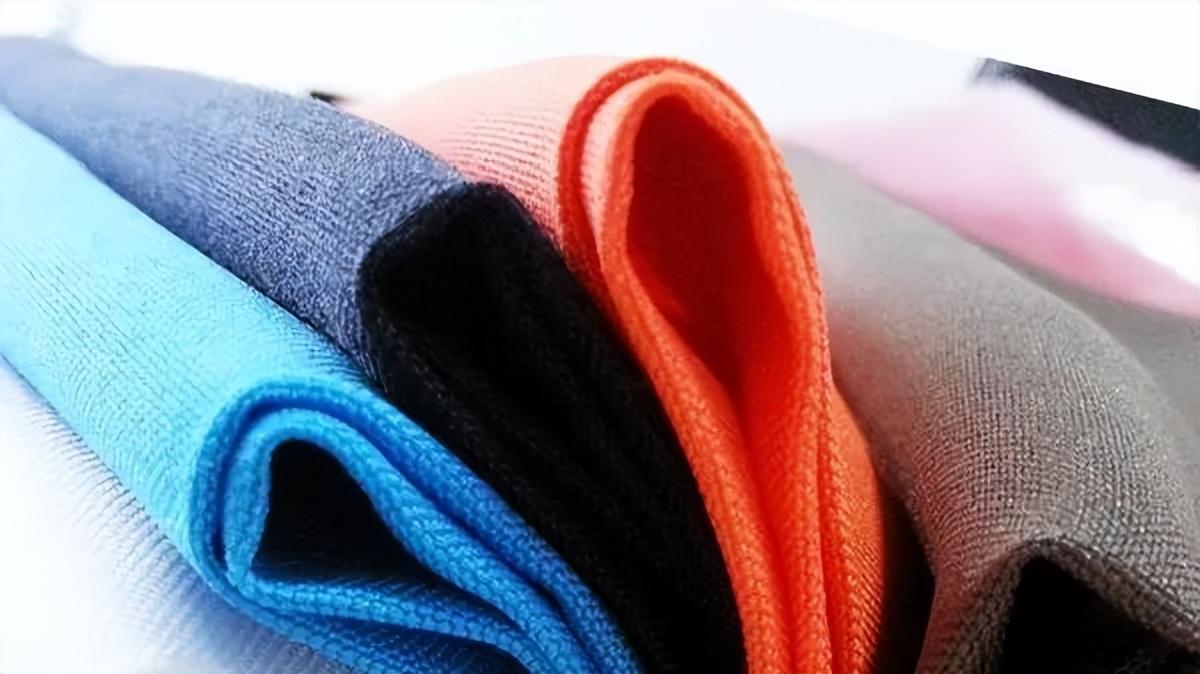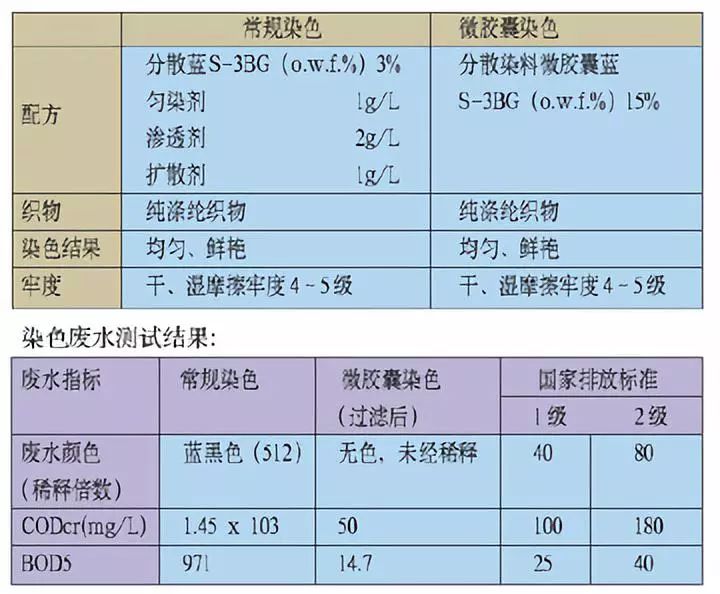Synthetic fibers come in various varieties and are suitable for different dyes and dyeing processes. Both acetate fiber and synthetic fiber have low hygroscopicity and are difficult to swell in water, so the dyes suitable for dyeing are also very similar. Acetate fiber, polyester, nylon, acrylic, etc. can all be dyed with disperse dyes.

Disperse dyes contain a lot of dispersants. The dyes can only dissolve in small amounts in the dye solution, and most of them are in the form of fine grains. Dispersed and suspended state, the other part exists in the micelles of dispersants or additives, and they are in a dynamic balance state with each other.
During the dyeing process, the dissolved dye dyes the fiber, and the dye in the micelle and the grain dye are dyed along with the dissolved dye. And continue to dissolve and replenish.
acetate dyed
Acetate fiber can be divided into di- or triacetate fiber depending on the degree of esterification. Diethyl ester has a lower degree of esterification and higher hydrophilicity. Acetate fiber is mainly dyed with disperse dyes and sometimes insoluble azo dyes. Diacetate fiber can also be dyed with cationic dyes to obtain bright colors, but the dye fastness is very low.
When diecetate fiber is dyed with disperse dye, the dye is dispersed in the dye bath, and then the textile is put into the fabric and gradually heated to 70~85℃, and then dyed continuously About 1 hour, if the temperature is too high, the fiber will shrink and lose its luster. Wash it with water after dyeing. Triacetate fiber has high stability to heat. The process of dyeing with disperse dyes is similar to that of diacetate dyeing, but the dyeing temperature is higher. It starts from 60℃ and gradually heats up to boiling, and the boiling dyeing lasts for 60 to 90 minutes. Some blue disperse dyes dyed on fibers will fade or change color due to the action of nitrogen oxides in the air, which is called smoke fading.
Acetate fiber can also be dyed with insoluble azo dyes such as red, orange, navy blue and other colors. When dyeing diacetate fiber, the color base and phenol can be prepared into a dye solution containing an appropriate amount of dispersant, and the dyeing process is carried out at about 75°C for about 60 minutes. After washing with water, it is treated with dilute hydrochloric acid and sodium nitrite solution at room temperature. Diazotization and coupling color development, and finally washed with detergent to remove floating color; triacetate fiber dyeing is similar to diacetate fiber, the loading carrier in the dye solution is slowly heated to boiling, boiling dyeing for about 60 minutes, and then repeated Nitriding and coupling color development. Diacetate fiber is dyed with cationic dyes, which can be carried out in a dye bath with ester acid added and dyed at about 80°C.

Polyester dyeing
Polyester has very low hydrophilicity and a tight fiber structure. It mainly uses disperse dyes and sometimes insoluble azo dyes. Wait for dyeing. Modified polyester fibers obtained by introducing anionic groups such as sulfonic acid groups into the molecular chain can also be dyed with cationic dyes. When polyester is dyed with disperse dyes below 100℃, not only the dyeing rate is low, but also it is difficult to dye strong colors. Polyester dyeing usually uses three methods:
① Carrier staining method:The function of the carrier is to dye synthetic fibers at a lower temperature. The carriers used for polyester dyeing mainly include organic compounds such as biphenyl, halogenated aromatic hydrocarbons, o-phenylphenol, and salicylate. The most commonly used carriers are o-phenylphenol sodium salt or methyl salicylate. The carrier molecules are small and are dyed before the dye during dyeing. They plasticize the fiber, reduce the force between fiber molecules, promote the movement of macromolecular segments in the amorphous region, and make the dye molecules easily diffuse into the fiber. Vylon is a synthetic fiber with high hydrophilicity. It can be dyed by reduction vulcanization, direct vulcanization polycondensation and 1:2 acidic mordant dyes. It is dyed with disperse dyes and has good level dyeing, but it is fast to be washed with water. The degree is poor and the application is less. Use vat, sulfur and other dyes to dye, and the process is similar to cellulose fiber dyeing. Use 1:2 type acidic mordant dye to dye, and the process is similar to wool and nylon.
Acrylic dyeing
The main component of acrylic fiber is polyacrylonitrile. The second and third monomers are added during synthesis. The body has anionic groups in the molecular chain and can be dyed with cationic dyes. A few varieties have cationic groups and can be dyed with acid dyes. Cationic dyes are soluble in water, and the pigment ions are positively charged, also known as basic dyes. First produced in 1856 The synthetic dyes that emerged are purple cationic dyes. These dyes have a variety of structures and bright colors. Early varieties were used for natural fibers and had poor dye fastness, but they were better for acrylic fibers. With the development of acrylic fibers, many Among the dye varieties with good fastness, azomethine is the most prominent. Later, there are migrating cationic dyes with good leveling performance. Cationic dyes have a complete chromatogram and are used for dyeing acrylic fibers with good water fastness and light fastness.
Acrylic also It is a thermoplastic fiber. When the liquid temperature is lower than its glass transition temperature, the dyeing rate is very low, and it increases rapidly after exceeding 70°C. Dyeing with cationic dyes is carried out in a weakly acidic dye bath with a pH of about 4.5, and the dye bath temperature must be strictly controlled. , buffers and retarder can also be added to the dye bath to make the dyeing even. After dyeing, the temperature is gradually cooled down and then washed.
Acrylic fiber can also be dyed with disperse dyes. It has good washing and sunlight fastness and good leveling performance, but It is difficult to dye dark colors under normal pressure and is only suitable for light and medium color dyeing. Dyeing is carried out in a dye bath with a pH of about 5, starting from 60°C and gradually raising the temperature to 95-100°C, continuing dyeing for 60-90 minutes, then gradually cooling down to about 50°C, and then washing with water at 50-60°C. If high-temperature dyeing is used, the dyeing rate and balanced dyeing amount can be increased, but if the temperature is too high, the fiber can shrink.







